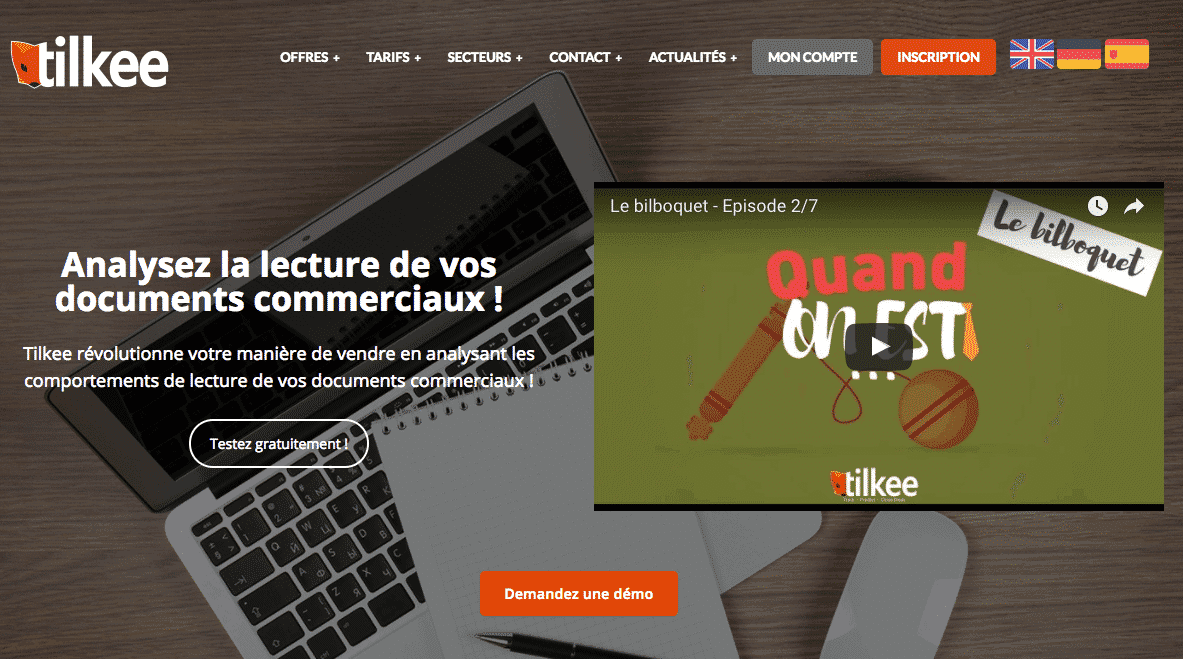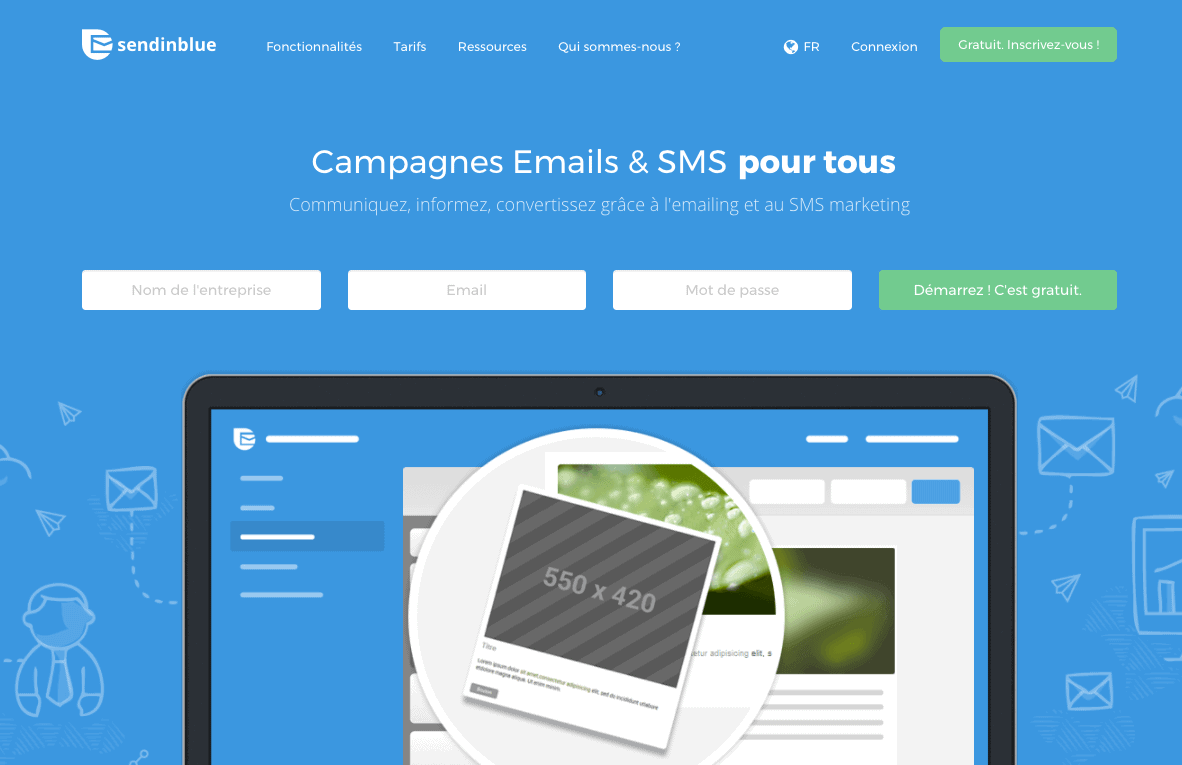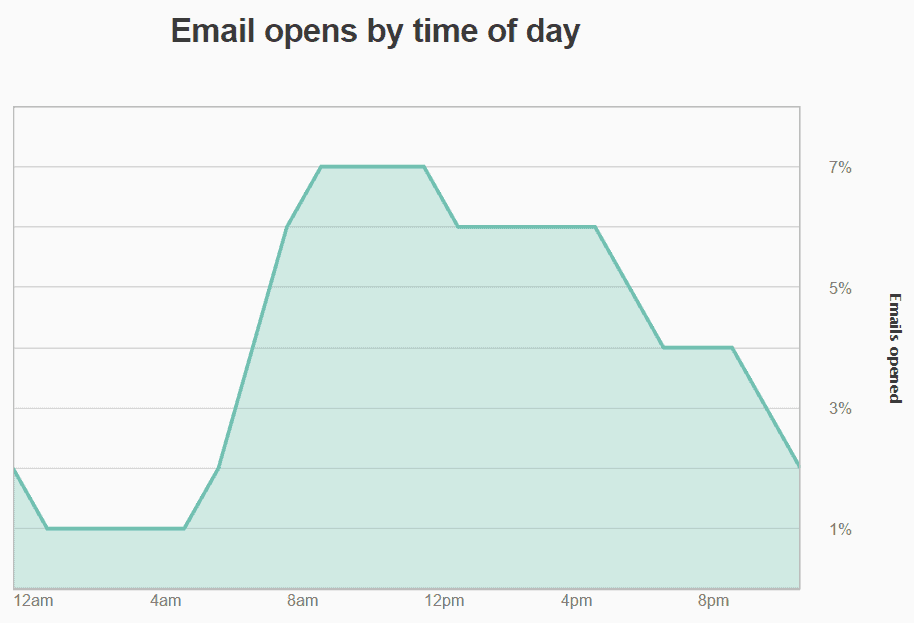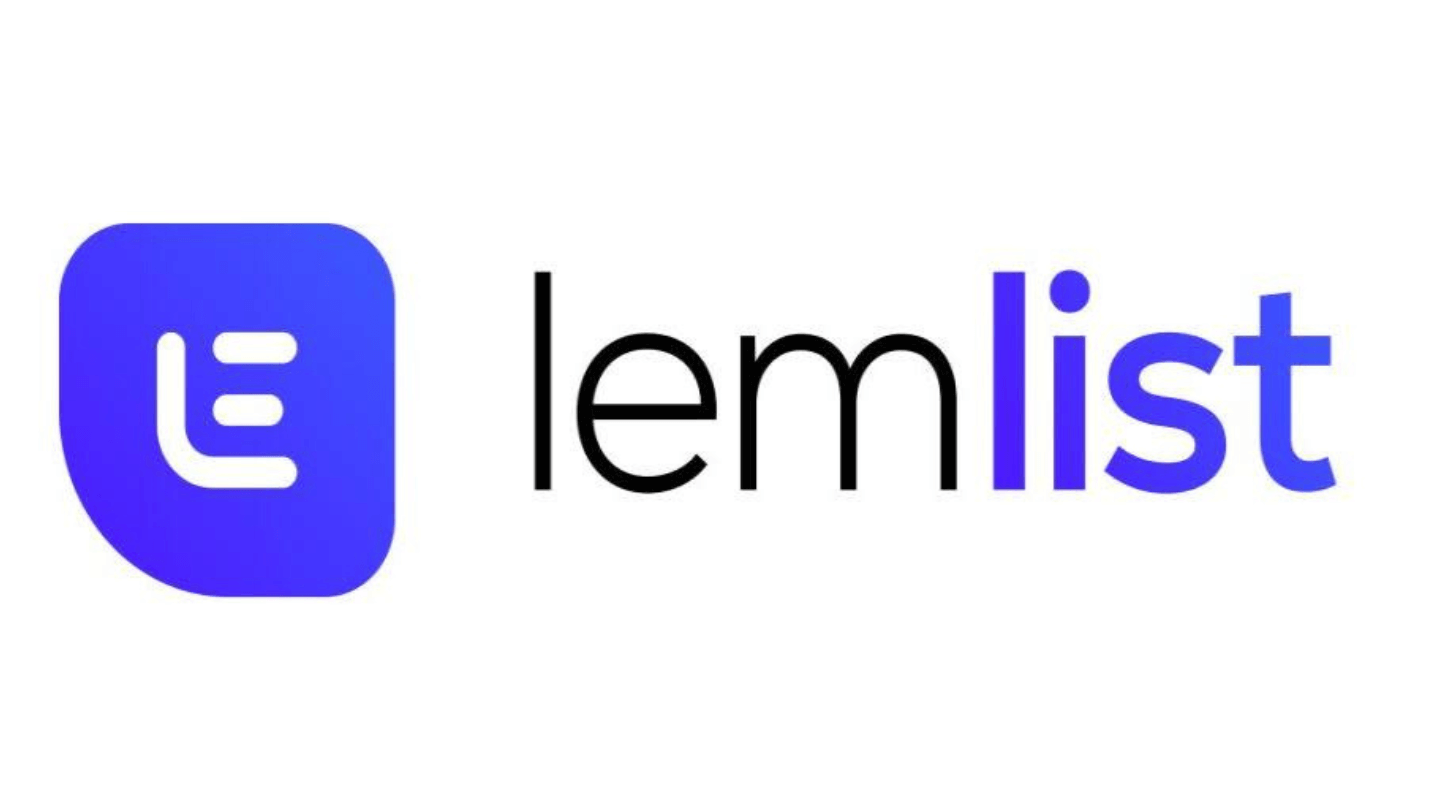Cold calling is a very difficult exercise, on the phone but perhaps even more so by email. Who responds to commercial prospecting emails from completely unknown people? This is increasingly rare, probably the result of too much commercial pressure in recent years.
And yet, I assure you that some salespeople still manage to get appointments as a result of email prospecting. How do they get answers? We interviewed several salespeople, cross-referenced Anglo-Saxon best practices, and came up with 6 simple tips to help you write the perfect prospecting email.
Sommaire
#1 Keep your email short and to the point
Nobody likes to read long business emails. When it comes to email marketing, length is not an advantage. Writing a long email is the best way to get your prospects to delete or ignore your messages. Our first tip: keep your emails short, simple and to the point. Ideally, your prospects should be able to read the entire content of your emails without having to scroll. Always keep in mind that your prospects receive dozens of emails every day and they don’t have time to spend 10 minutes reading and understanding your emails. Especially if it’s the first email you send them and they don’t know you yet…
Because many emails are read on mobile devices, also make sure your email is adapted to smartphone screens. Finally, your prospecting emails should be clean and neat: check that they contain no spelling mistakes. You may want to use a spell checker to make sure.
Hello $name,I have tried to contact you several times to give you ideas to improve (BUSINESS NEEDS), but I have not heard back from you, which leads me to believe three things:
1. You were able to solve (BUSINESS NEEDS). In these cases, I stop bothering you.
2. You are still interested, but you haven’t had time to get back to me yet.
3. You fell down and couldn’t get up. In this case, let me know and I will call someone to help you.
#2 Your prospecting email should have a very clear objective
If you write a marketing email, you normally expect a reaction from your recipient. While writing your email, ask yourself these two questions:
- Why are you sending this email?
- What do you want the prospect to do? What do you want them to do?
For example, if you are looking for an appointment, offer dates and time slots to your prospect, with some details about the target duration of the appointment. For example: “I suggest we have lunch together so I can show you in detail how our solution can help you generate more qualified leads. Would you be available next Monday or Wednesday between 12 and 1pm?
#3 Don’t be afraid to set deadlines
If you are sending a business proposal to your prospect and you are expecting a response, do not hesitate to include a deadline in your email. Of course, do it tastefully: you don’t want to give your prospect the impression that you’re putting a gun to their head. Your deadline should not appear as an ultimatum, although it should create a state of urgency. Here is an example of a message:
“You will find attached our proposal, in which we repeat the details discussed during our meeting yesterday afternoon. The terms of this proposal are valid until Thursday. We look forward to your response…”.
To increase the conversion rate of your leads, discover our complete guide to lead qualification.
#4 Take advantage of new technologies
There are now a large number of tools on the market that allow you to make your email communication more effective, such as Tilkee Tilkee allows you to know how your prospects read your prospecting emails and commercial documents, how long they spend on them, on which parts/pages they spend the most time, etc. This allows you to deduce the level of interest and questioning areas of your prospects. This allows you to deduce the level of interest and the areas of questioning of your prospects.

You can also, more traditionally, use anemailing software that will tell you if your prospecting emails have been opened, how many times they have been opened, if your prospects have clicked on the link, if they have forwarded it to collaborators, how much time they spent on the email, etc. There are several very good email marketing software packages, such as MailChimp, Sendinblue or Sarbacane.

The performance indicators of your email marketing campaigns will also help you determine the best times and days to send your emails.

#5 Your emails should be personalized
Even if you send 10 or 20 marketing emails, don’t turn yourself into a robot. It’s essential that your prospecting emails are as personalised as possible – even if this obviously takes more time than sending the same email to everyone. To personalise the emails: base them on previous interactions with the prospect, check out their social profiles (to see what they’ve tweeted about recently, for example), do some research on the company in Google…
When sending a prospect information about your product or service, it is important to ensure that your email does not simply share information available on your company website. Your email should go further and include additional information that will be of interest to your recipients that is relevant to the specific needs of the businesses you are targeting. Show your prospects that you are interested in them, that you really want to help them improve their performance and solve their current problems, and don’t hesitate to include statistics showing the good results your current customers have achieved with your product.
The more personalised your prospecting email is, the more likely you are to hit the nail on the head and catch the recipient’s attention.
#6 Don’t just send emails, pick up the phone
Prospecting goes through email, but does not stop there. The prospecting process must go through two phases, which correspond to two channels:
- An initial contact by email, during which the objective is to develop the interest of your prospects, to plan a meeting (call or physical meeting) or to transmit a quote.
- A second contact by telephone, which allows you to get closer to your prospects and to develop your sales pitch in detail.
A sale is rarely concluded by email alone: a phone call or meeting is often the culmination of the sales process. Hence our advice: don’t make email the alpha and omega of prospecting, pick up the phone and meet your prospects.
Discover 9 expert tips for successful telephone prospecting.
To conclude and complete the advice discussed above, let us specify that a prospecting email, to be perfect, must contain three sections:
- An introduction, which aims to capture the attention of your prospects from the first lines (and the subject line) of your emails and encourage them to take the time to read the rest.
- The value proposition, which is the heart of your email, is the central element. In your email, you must highlight the benefits of your product or service for the target company. Your prospects need to think: “Interesting, this product could actually help me solve my problem of …”. Your value proposition must be clear, precise and personalised.
- A call to action, which tells the prospect what you want them to do.






